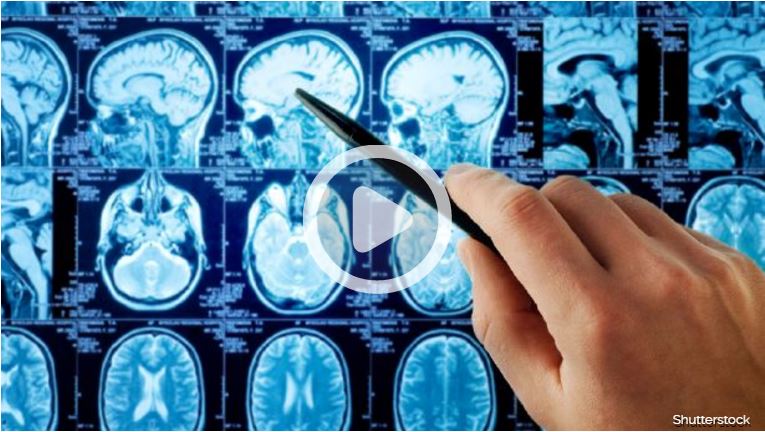Dr. Coats recently received NSF funding to investigate progresssive damage at the brain-skull interface. The study involves high-rate testing and imaging of repeated loading in the subarachnoid trabeculae and blood vessels. Constituitve formulations of damage progression will be created and integrated into our multi-scale computational framework to predict progresssion of brain strain during repeated head...
Continue readingAcoustic Warnings Reduce Head Trauma
Congratulations to Mohammad Homayounpour, PhD Graduate of Dr. Andrew Merryweather’s Ergonomics and Safety group on his publication Cervical muscle activation characteristic and head kinematics in males and females following acoustic warnings and impulsive head forces published in Annals of Biomedical Engineering. Sex, head and neck posture, and cervical muscle preparation are contributing factors in...
Continue readingIn Situ Mechanics of the Subarachnoid Space
Congratulations to PhD Graduate Nik Benko on his publication Mechanical characterization of the human pia-arachnoid complex published in the Journal of Mechanical Behavior and Biomedical Materials. In this study, Nik quantified the normal traction modulus of the pia-arachnoid complex (PaC) in five post-mortem human subjects using hydrostatic fluid pressurization in combination with optical coherence tomography. This study is the first...
Continue readingImpact Angle and Fall Height Effect Skull Fracture Patterns
Congratulations to Jiawei Yan on his recent publication The effect of impact angle and fall height on skujl fracture patterns in infants published in the Journal of Biomechanical Engineering. The objectives of this research were to utilize a newly developed linear elastic fracture mechanics finite element model of infant skull fracture to investigate the effect of impact...
Continue readingCongratulations Nik Benko!
Nik Benko successfully defended his Ph.D. dissertation in Mechanical Engineering in front of his graduate committee as well as family and friends on zoom. His dissertation, Mechanical Characterization of the Brain-Skull Interface with Applications to Predictions of Axonal Injury, takes the first step in identifying morphological and mechanical differences in the pia-arachnoid complex of the brain to help better...
Continue readingNik Benko levels up
Congratulations to Nik Benko for successfully completing his dissertation proposal. Nik’s proposal focused on characterizing the pia arachnoid complex (PAC) of the human brain, computational techniques to further improve existing finite element models of the brain-skull interface, and evaluate a novel football smart helmet. Nik performed admirably and is one step closer to graduation....
Continue readingNew Funding to Mitigate Risk of Concussion
The Smart and Connected Health Program through the National Science Foundation recently awarded our team (in collaboration with several others) a grant titled Reducing Traumatic Brain Injury Risk with Smart Collision Detection and Mitigation. The grant began September 1, 2016 and will be focused on ,developing technology to better sense head impact information (velocity, direction), alert...
Continue readingPAC Research Highlighted on KSL
KSL recently aired a news story on our research of the arachnoid trabeculae in mild traumatic brain injury. Through optical coherence tomography imaging and finite element modeling, we’ve shown that these microstructures dictate force distribution from the skull to the brain. By implementing the natural variability of the structures into our models, we’ve been able...
Continue readingSmart Helmet Research on KSL
A collaboration between biomechanics, robotics, biology, and electrical engineering has led to the proposed development of a smart helmet to reduce risk of concussion. The helmet would offer active (instead of passive) impact protection and offer a unique warning system that could reduce head angular accelerations from impact. Ed Yeates and KSL recently spotlighted the project. Funding...
Continue readingNew Publication on Modeling the PAC
Congratulations to Greg Scott for getting his final publication accepted into Biomechanics and Modeling in Mechanobiology, one of the premiere modeling journals in our field. The whopping 19-page journal publication titled Utilizing multiple scale models to improve predictions of extra-axial hemorrhage in the immature piglet is an outstanding effort that describes the development and validation of...
Continue reading







